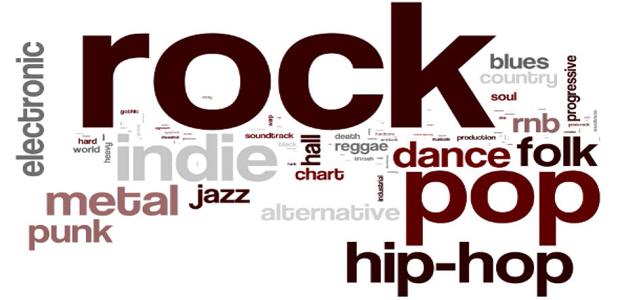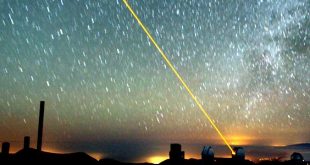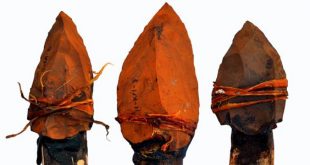After analyzing the digital DNA from 464,411 songs recorded between 1955 and 2010, a team of researchers from Spain found it’s getting louder and is based on the same few chords.
Is there a question science can’t answer?
After analyzing the digital DNA of nearly half a million songs from Columbia University’s million song dataset – more than 1200 days of music if it could be played continuously – a team of Spanish researchers found that it’s more than seven decibels louder now than it was in 1955.
This gradual increase, researchers say, is the first direct evidence of a loudness war between the record labels.
Like literature, they also found it’s more or less based on the same few note combinations and follows what’s called Zipf’s law – the same law found the most popular words used in literature to be ‘the’ and ‘and’ – with a limited amount of ways to move between them.
“In the 60s there were more possible transitions between different chords than we find nowadays,” Joan Serrá, study co-author and computer scientist at the Artificial Intelligence Research Institute in Spain, told Science-Fare.com. “If there are less possible transitions between chords, the music ends more or less, the same.”
When the researchers looked at the timbre of the music – it’s essentially a measure of the instruments used, tools used to manipulate the sound and some recording techniques – they found an increase in the number of timbres until about 1965, before the trend reversed, dropped and leveled out.
“We’ve seen a clear homogenization with less timbre types being used nowadays, compared to [the 60s],” Serrá said.
All this evidence, the researchers say, suggests that music hasn’t changed much in the last 50 years – cue the hipster rage.
But, for the Chair of the College Music Department at the University of Rochester, John Covach – who wasn’t part of the study – the research doesn’t jive with what he and scholars like him know about the changing music scene around 1965.
He told Science-Fare.com the analysis is too blunt to make those claims.
“Almost everybody would say that timbres in popular music explode after 1964,” Covach, who’s also the author of What’s That Sound? An Introduction to Rock and Its History, said. “There are more timbres on those records than ever before and certainly more than on an Elvis or Jerry Lee Lewis record.”
To say it’s all the same, he says, is like saying that humans and chimps are the same since we share approximately 96 per cent of the same DNA – neglecting the fact that the remaining four per cent adds up to a huge difference between us and them.
“It says a lot about the forest, without saying anything about the trees,” Covach said.
What it does show, he says, is the effect of post-production and the commercialization of the music industry. With less independent labels mastering and producing music, it’s expected that there’ll be less variation.
“Once the big labels really decide they can make money from popular music, they put everything through less than a dozen mastering studios and facilities,” Covach said. “So the material that comes out of those facilities would have a certain consistency.”
Albin Zak, a musicologist at the University of Albany – who also wasn’t part of the study – told Science-Fare.com he agrees with Covach.
“As record companies start to figure out what they think makes a hit – what gets played on the radio and cuts through all the radio chatter – and gets through to listeners, it has a particular frequency and loudness curve,” Zak, who’s also the author of “I don’t sound like nobody”: Remaking music in 1950s America, said. “This is part of rock going from being just a willy-nilly, make up whatever you want kind of music, to becoming more of a codified, conventional musical language.”
So, once a recording’s finished, it’s sent to a sound engineer who fits it to those specifications and could explain why the computer’s good at detecting loudness, but not the timbre expansion researchers like Covach and Zak know from listening to the music – it gets blended into the overall sound wave in a way that can only be detected by someone listening to it.
“There are conventions that people adhere to when they want to be in the ball park of commercial product-making and commercial product-selling and that becomes pretty standardized by the 70s,” Zak said.
One other thing that’s rarely acknowledged, Zak says, is the influence of Disco music in the 70s.
“You’ve got a certain kind of sound that’s got to be consistent in the disco, for the dancers,” Zak said. “The records need to be cut to a particular frequency distribution and loudness so that it doesn’t fluctuate up and down, or fade in and out.”
“All of that adds to the homogenization and if they’re measuring that, it makes good sense,” he added.
The research was published in the journal, Scientific Reports.
 Science Fare Media Science News – Upgraded
Science Fare Media Science News – Upgraded



